Finding out which automatic transmission fluid you need can be challenging. Original equipment manufacturers (OEMs) each develop their own standards and naming conventions. Here are just a few of the dozens of automatic transmission fluid (ATF) specifications on the market:
-
- ATF+4 (Chrysler*)
- DEXRON VI (GM*)
-
- DEXRON ULV
- MERCON V (Ford*)
-
- MERCON ULV
- ATF-WS (Toyota*)
- DW-1 (Honda*)
It’s easy to get analysis paralysis when scanning local retailer shelves for the correct automatic transmission fluid for your vehicle. You may only need a quart or two to top-off your vehicle, but instead you must decipher a series of acronyms, or worse, risk your transmission not performing properly.
Which transmission fluid?
To answer that question, start with your vehicle owner’s manual. It will identify which transmission fluid meets the manufacturer’s performance requirements, and is likely to include one of the specifications listed above.
The most recognizable automatic transmission fluid specifications are Ford MERCON and GM DEXRON. At one time, MERCON and DEXRON ATFs dominated the market, reducing available choices to a manageable few.
Today, demand for those more standardized fluids is declining as more OEMs introduce their own, proprietary transmission fluid specs.
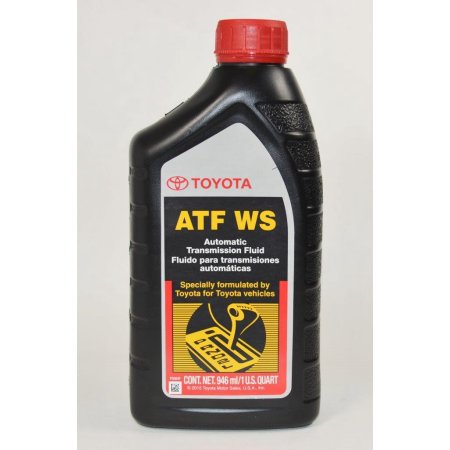
ATF specifications
ATF specifications are a set of performance standards from the OEM, not an actual fluid name. That means you don’t go to the store in search of MERCON or DEXRON transmission fluid, rather a fluid that meets the MERCON or DEXRON specifications.
When trying to make selection easier for consumers, many manufacturers print ATF specs in giant letters on the label. This indicates the fluid passed a series of performance tests stipulated by the manufacturer that created the particular ATF specification. However, many people end up confusing the ATF specification on the label as an OEM brand name.

Confusing specifications
It’s normal for most OEMs to author their own performance specifications, rather than recommend using a fluid that meets a different OEM’s specification. There is also a financial incentive, as the OEM wants you to buy its branded transmission fluid instead of another company’s fluid. This certainly helps explain why OEM-branded fluids are often the most expensive.
Automatic transmissions are a complex puzzle of constantly moving metal parts. Excessive heat is the number one cause of early transmission failure. New ATF specifications are driven primarily by technological advancements and fuel economy standards that cause modern transmissions to create even more heat.
For instance, an automaker introducing a 10-speed automatic transmission to improve fuel economy also needs to ensure the transmission fluid can stand up to the intense heat and stress created by churning through all those gears.
As technology advances, specifications are leveled up to match. DEXRON became DEXRON II, then DEXRON III, then DEXRON VI, to support 6-speed automatic transmissions when they were first introduced.
A higher number or letter is typically backward compatible with the prior version. For example, ATF+4 is compatible with vehicles requiring ATF+2, and DEXRON VI can be used in place of the original DEXRON. However, there are some low-viscosity and high-performance exceptions to this backward compatibility rule, which we will cover a bit later.
Cut the confusion
AMSOIL makes transmission fluid selection easy by meeting the performance demands of the most common automatic transmissions.
If you tow, haul, race or engage in other types of severe service, we recommend AMSOIL Signature Series Multi-Vehicle Synthetic ATF to provide the best possible protection against heat for your transmission.
For primarily freeway driving and commuting, AMSOIL OE Multi-Vehicle Synthetic ATF is a cost-effective alternative that takes the guesswork out of ATF selection. Both fluids are recommended for the most common ATF specifications and their predecessors. These specifications cover most vehicles more than 20 years old and many newer vehicles, too, including:
-
- Chrysler ATF+4 or earlier
- Ford MERCON V or earlier
- GM DEXRON III or earlier
- BMW* 7045E, 8072B, LA2634, LT71141
-
- Honda ATF-Z1
- Hyundai* Kia* Red-1, SP-III or earlier
- JASO 1A
- Mazda* F-1, ATF-MV or earlier
- Mercedes-Benz* 236.91 or earlier
- Mitsubishi* ATF-J2, SP-III or earlier
- Nissan* 402, Matic-K or earlier
- Subaru* ATF, ATF-HP
- Toyota Type T-IV or earlier
- VW* G052162, G052990, G055025
Ultra-low viscosity
In 2017, Ford and GM collaborated on the ultra-low viscosity (ULV) automatic transmission fluid specifications to help meet aggressive global fuel-efficiency standards. These ATFs were introduced along with newer 10-speed automatic transmissions, which are common in modern Ford Mustangs, Ford F-150s, Chevy Camaros, Cadillac Escalades, and other recent models from these marques.
These newer high-performance and high-efficiency transmissions use ultra-low-viscosity transmission fluid to help reduce energy lost to friction to help maximize fuel economy.
Although MERCON ULV and DEXRON ULV are not backward compatible with earlier versions of their respective ATFs, AMSOIL Signature Series Fuel-Efficient Synthetic Automatic Transmission Fluid is suitable for use in applications that require MERCON ULV, DEXRON ULV or any of the following fuel-efficient specifications:
- Chrysler MOPAR* x5AA, x5AB, SP-IV
- Ford MERCON SP, LV, ULV
- GM DEXRON VI, HP, ULV
- BMW 83220142516, 83222152426
- Honda DW-1, Type 3.0
- Hyundai/Kia NWS-9638, SP-IV series
- JASO 1A-LV
- Mazda ATF FZ
- Mercedes-Benz 236.12, 236.14, 236.15, 236.41
- Mitsubishi SP-IV, ATF J3, ATF-PA, ATF-MA1
- Nissan Matic-S, Matic-W
- Toyota WS
- Volvo 31256774
- VW/Audi G055005, G055162, G 060162
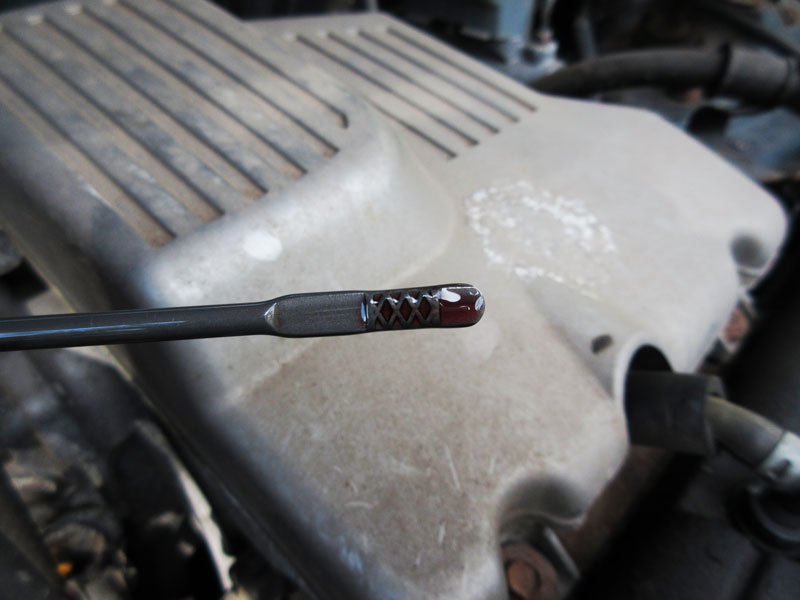
How to check transmission fluid
It’s a good idea to check your vehicle’s transmission fluid several times a year to monitor fluid level and condition. Check the fluid immediately if your transmission jerks, hesitates or shifts hard. Here’s how:
- Warm the transmission
Obtaining a correct reading on the dipstick requires the fluid to be warm and the engine to be running. Park your vehicle on a flat surface, apply the parking brake and idle the engine until warm. It helps to drive the vehicle first to raise the temperature quickly. Some OEMs also recommend shifting through the gears to circulate the fluid prior to checking, so consult your owner’s manual. - Locate the dipstick
Pop the hood and locate the transmission fluid dipstick, which serves double duty as the fill tube. It’s often located near the back of the engine compartment and shouldn’t be too tough to find. You can always check the owner’s manual for the location if it proves elusive. - Check the fluid level
Pull the dipstick and wipe with a clean rag. Insert the dipstick until it’s completely seated. Withdraw it and check the fluid level. The dipstick may have a cross-hatch pattern in which the fluid level should fall. Others may have “hot” and “cold” line markings. The fluid should be close to the hot line. - Add fluid if neededIf the fluid is low, add the recommended transmission fluid to bring it to the correct level. Use a long-neck funnel with a small diameter opening or the AMSOIL Flexible Pour Spout to make the job easier.
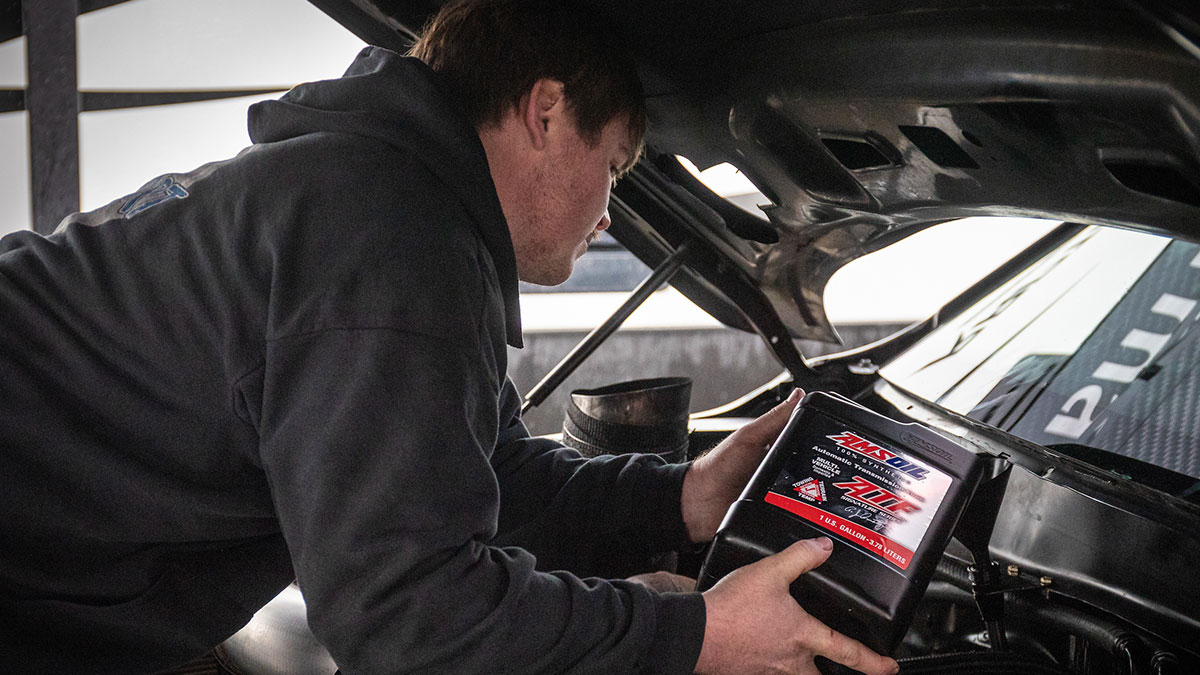






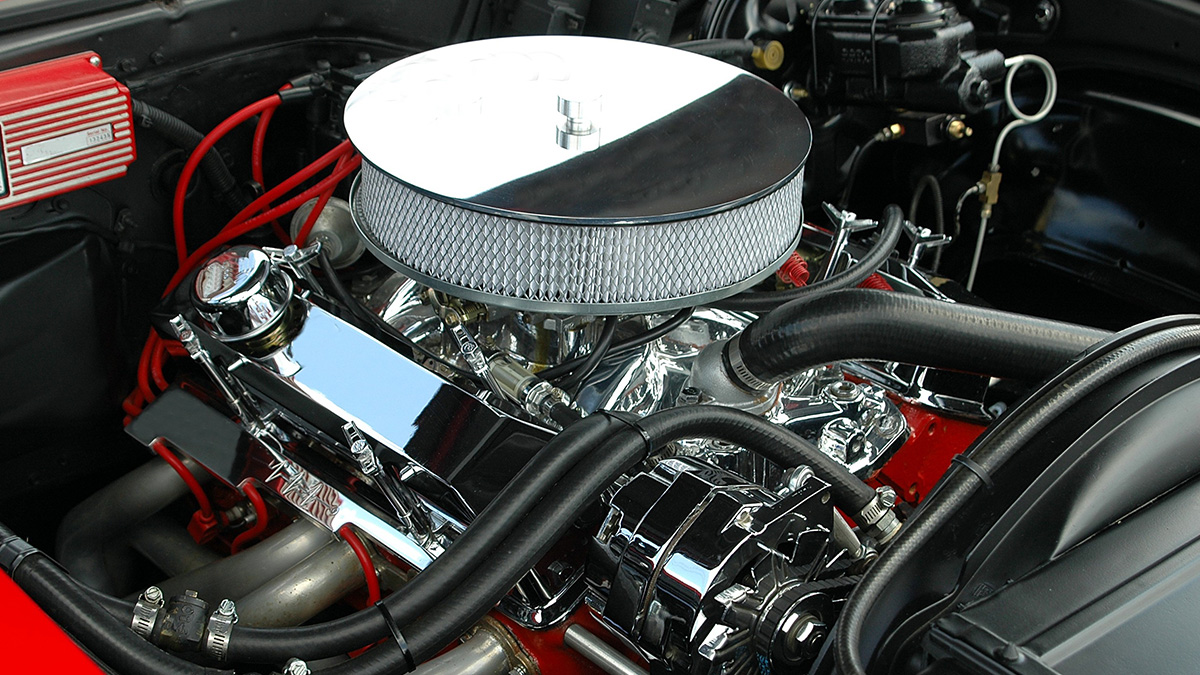
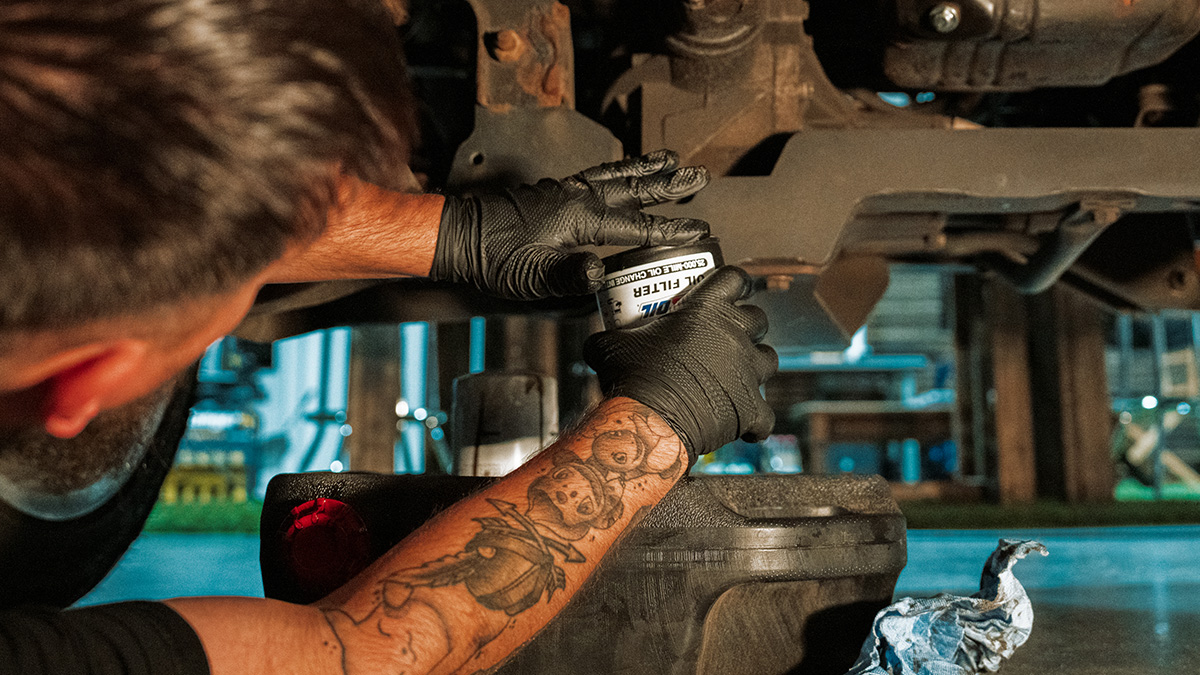
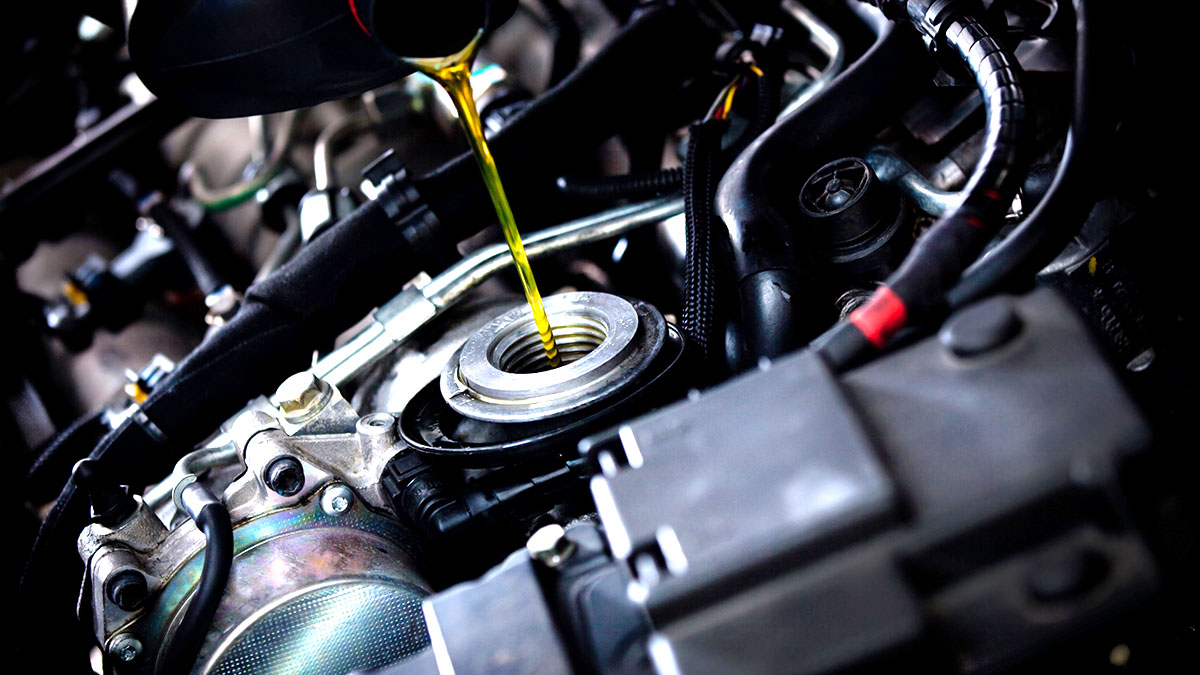
Comments
AMSOIL Technical Writer and 20-year veteran of the motorcycle industry. Enjoys tearing things apart to figure out how they work. If it can’t be repaired, it’s not worth owning.
Share: